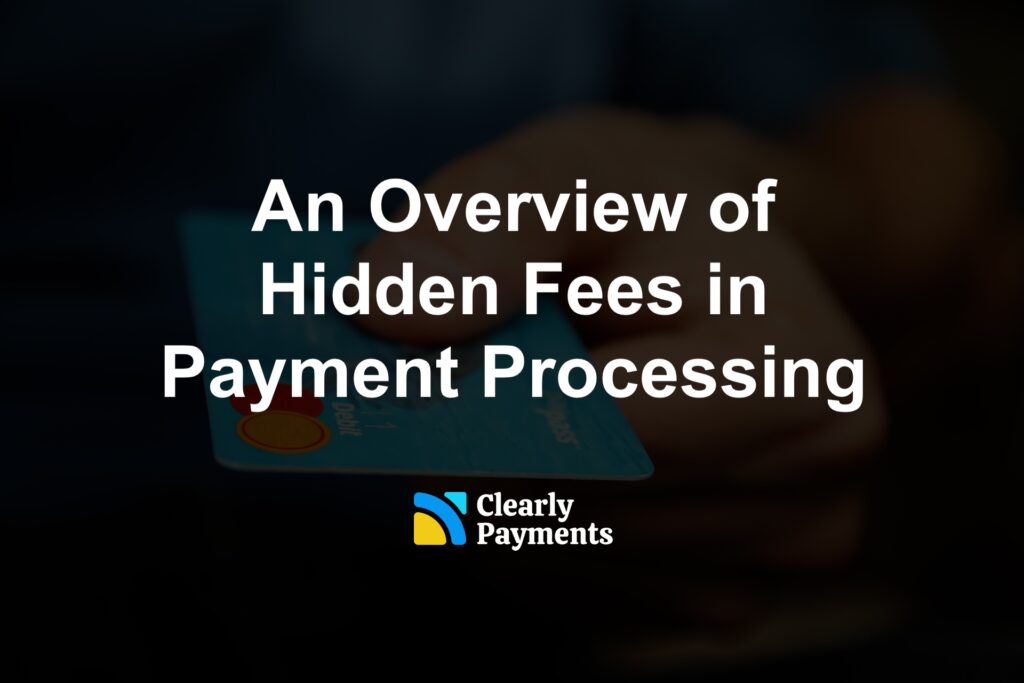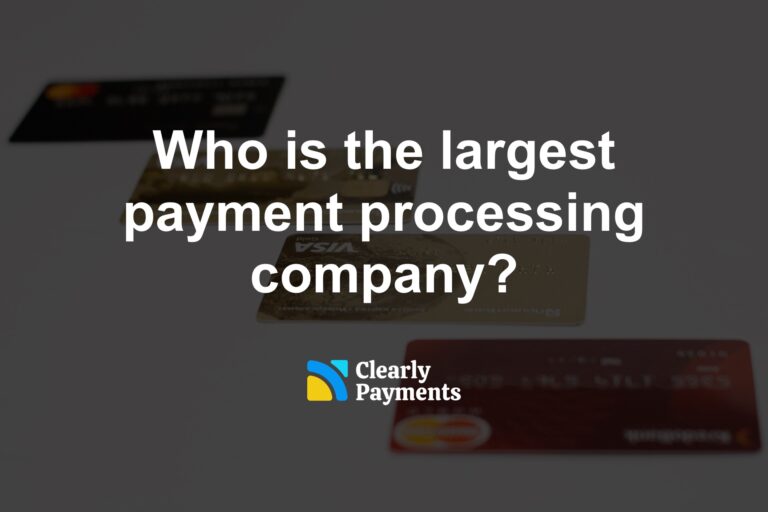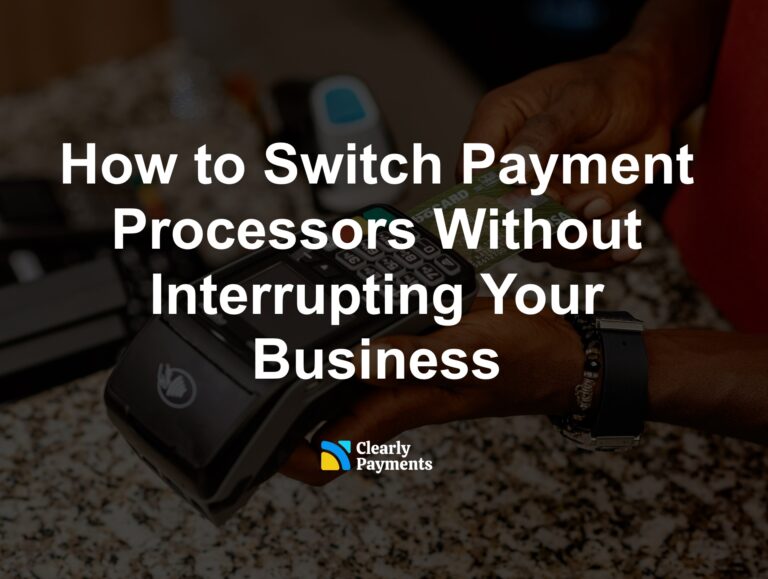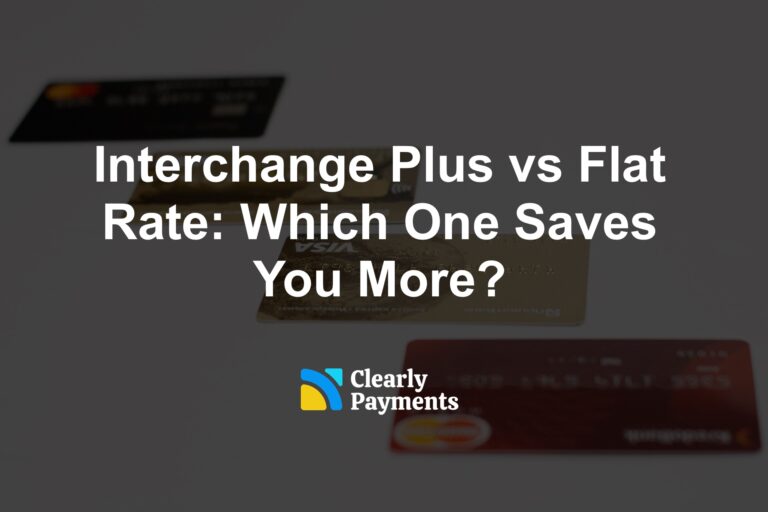I hate hidden fees. I hate a lack of transparency in any business dealings. However, hidden fees exist, especially in payment processing. These fees sneak into contracts or billing statements, catching merchants off guard.
We’re here to explain how hidden fees work, provide some statistics, and give some guidance on how to avoid hidden fees in your payment processing contracts.
Definition of Hidden Fees in Payments
In merchant account contracts, they can have what has been known as hidden fees. Hidden fees can be a sneaky way for payment processors to increase their profits at the merchant’s expense. In the context of merchant accounts, hidden fees are additional costs that are not clearly disclosed or explained when a business first signs
How Hidden Fees Happen in Payments
Hidden fees can be an accident, but generally they are purposeful. Unfortunately it is more common than we’d like. Hidden fees generally happen in one of three ways:
1) The merchant account sales person verbally explains the fees, however the contract will actually be different than what was said. In this scenario, the payment processor expects that the merchant will not fully review the merchant account contract.
2) The contract is written in a complex and convoluted way where it is very difficult to understand what the fees are. These fees can also be buried in the fine print of the contract.
3) New fees are added on without them being in the contract in the first place. This is definitely the most untruthful way to conduct business and if you have a processor like this, you should switch.
Statistics on Hidden Fees in Payments
It is very difficult to determine exact statistics on hidden fees in payment processing because payments is not a fully regulated industry and there is not a single organization overlooking payment processing contracts. Clearly Payments has worked with thousands of merchants and have determined statistics of the problems of hidden fees.
- 42% of merchants have been affected by hidden fees in merchant accounts.
- 50% of hidden fees are from the contract differing from what was verbally told.
- 40% of hidden fees are from the contract being convoluted or written in the fine print.
- 10% of hidden fees are from new fees arising later after the merchants starts processing.
- 20% is the average additional cost to merchants due to hidden fees.
- 65% of merchants using aggregators (PayPal, Square, etc) experience funding delays.
These statistics are based on working with merchants and we will continue to study, survey, and analyze the problem of hidden fees.
Most Common Types of Hidden Fees in Payments
Many of the below fees are standard fees, however many times, these fees are not verbally mentioned or they are buried in the merchant account contracts. In the end, these are the most common hidden fees that catch merchants by surprise.
Monthly Minimum Fees: This fee is charged if a merchant does not meet a certain threshold of transaction processing fees during the month. This can catch merchants off guard because there will be a fee even if there are no transactions.
Statement Fees: These are fees charged for the delivery of paper or electronic statements. While it seems straightforward, some merchants are unaware of these fees until they see them on their first bill.
PCI Compliance Fees: Payment Card Industry (PCI) compliance is mandatory for businesses processing credit card transactions. Some processors charge for the annual PCI compliance review. These fees are sometimes hidden or not fully disclosed.
PCI Non-Compliance Fees: If a merchant fails to maintain PCI compliance, they may be subjected to monthly non-compliance fees, which can be substantial. For a typical merchant to stay PCI compliant, they need to complete the PCI self assessment questionaire (SAQ).
Early Termination Fees: This is a big one. These are charged if a merchant decides to end their contract before the agreed-upon period. The terms for termination can be complex and the fees for early exit steep which can be hundreds to thousands of dollars.
Chargeback Fees: While not entirely hidden, the specifics of chargeback fees are often not discussed in detail. Each chargeback a merchant receives can incur a substantial fee, beyond the cost of the refunded transaction.
Annual Fees: Some processors charge an annual fee for using their services. This fee can be billed for account maintenance, software updates, or overall service upkeep. Sometimes the annual fee is not discussed when a merchant signs up.
Funding Delays: Although funding delays are not exactly hidden fees, it impacts your cash flow. Funding delays occur when a payment processor holds payments to merchants because of concern of risk or fraud. This can catch merchants by surprise.
Tiered Pricing Fees: Tiered pricing is a type of pricing method in payments. Tiered pricing often results in higher fees because it groups types of transactions into categories, which might overcharge for certain transactions. Tiered pricing lacks transparency, making it difficult to discern the fees associated with different transaction types. It is recommended to move to interchange plus pricing for more transparent fees.
Is There Regulation in Payment Processing?
Payment regulation exists for ensuring the integrity and stability within the payment industry. Its primary objective is to safeguard consumers, maintaining financial stability, preventing fraud and security breaches, and ensuring legal compliance. Both USA and Canada have payment processing regulation.
There is not much, if any, regulation for payment processing fees and pricing between payent processors and merchants. Each payment processor can choose the way they price, conduct marketing, and structure their merchant contracts. The only regulation related to fees are in interchange rates which differ by country.
How to Avoid Hidden Fees in Payments
For merchants to avoid hidden fees in payment processing, they can use the following strategies below. No merchant should be surprised by their fees so move to a payment processor that will be transparent like Clearly Payments.
Choose Transparent Pricing Models: Make sure you sign up for interchange-plus pricing or subscription-based pricing models, which offer more transparency than tiered pricing, allowing merchants to see exactly what they’re being charged for each transaction.
Read the Fine Print: Carefully review contracts and service agreements for any undisclosed fees or penalties. Be aware of termination fees, monthly minimums, and setup fees. We help merchants review their contracts.
Negotiate Terms: Don’t hesitate to negotiate with payment processors. Many fees are not set in stone and can be reduced or waived entirely, especially for businesses with significant transaction volumes.
Regularly Review Statements: Regularly check your payment processing statements for unexpected fees or increases in rates, and ask about any charges that aren’t clear. Most regulations require payment processors to give merchants 90 days notice before increasing fees and you’re able to terminate your contract for free during this time.
Consult with an Expert: If possible, consult with a payment processing expert or advisor who can help you understand the fees and suggest the best providers and plans for your business needs. You can work with Clearly Payments Consulting.
The most effective thing merchants can do to avoid hidden fees is to choose a pricing model with high transparency, specifically the interchange-plus pricing model. This model separates the interchange fees (set by the credit card networks) from the processor’s markup, allowing merchants to see exactly what they’re being charged for each transaction. This transparency helps in understanding and forecasting costs more accurately, reducing the risk of unexpected fees.
How Clearly Payments Avoids Hidden Fees
Clearly Payments is dedicated to ensuring transparency in payment processing, helping merchants avoid the pitfalls of hidden fees. With a commitment to honest pricing, Clearly Payments adopts a clear-cut interchange-plus pricing model. This model breaks down each transaction fee to its core components: the interchange rate set by the credit card networks and a straightforward markup by Clearly Payments. This approach not only makes it easier for merchants to understand what they are being charged for each transaction but also helps in anticipating monthly costs more accurately.
Moreover, Clearly Payments supports its transparency promise by providing detailed monthly statements that itemize every charge. Merchants can see exactly how fees are calculated, ensuring there are no surprises. The customer service team at Clearly Payments is also committed to guiding merchants through any questions they might have about their billing, fostering a relationship based on trust and clarity.




